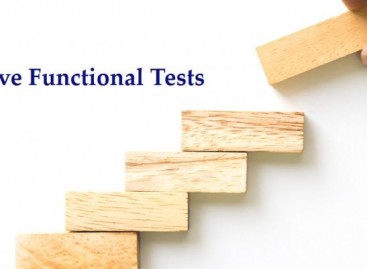- QATestLab Blog >
- QA Basics >
- Types of Software Testing >
- Functional Testing >
- Unit vs Integration vs Functional Testing
Unit vs Integration vs Functional Testing

March 01
09:19
2017
by Nataliia Vasylyna Print This Article
There are various types of software testing and the QA specialists should be aware of their specific features and different peculiarities. If the test is engaged in mobile testing, then he should know how to execute performance testing of mobile apps, security testing of mobile systems, etc.
All these software testing types are interrelated. In an ideal scenario, it is necessary to have unit, integration and functional testing conducted to get full test coverage. But still, each of them has own peculiarities.
What Is the Difference Between Unit, Integration and Functional Testing?
- Unit testing is performed to check the smallest units or modules of the product system at a time. Integration testing – to check whether two or more combined units/modules operate in a proper way. Functional testing – to check the whole system behavior as per the defined requirements.
- Unit testing is not complex as you deal with small code fragments. Integration testing is more complex than unit one. But the most complex among these types is functional testing as the whole system is checked at once.
- Testing techniques. While performing unit testing, the white box technique is used. For functional testing, it is applied black box technique. And for integration testing, both black and white box techniques are used, plus grey box testing. There is also a specific approach to this testing technique called top-down testing.
- Unit testing detects the issues occurred in modules. Integration testing – errors appear during or after the integration process. Functional testing – the scenario based errors.
- The possibility of issue escape. Unit testing – no chance. Integration testing – less chance. Functional testing – high chances as the number of test scenarios may be infinite.







No Comments Yet!
You can be the one to start a conversation.